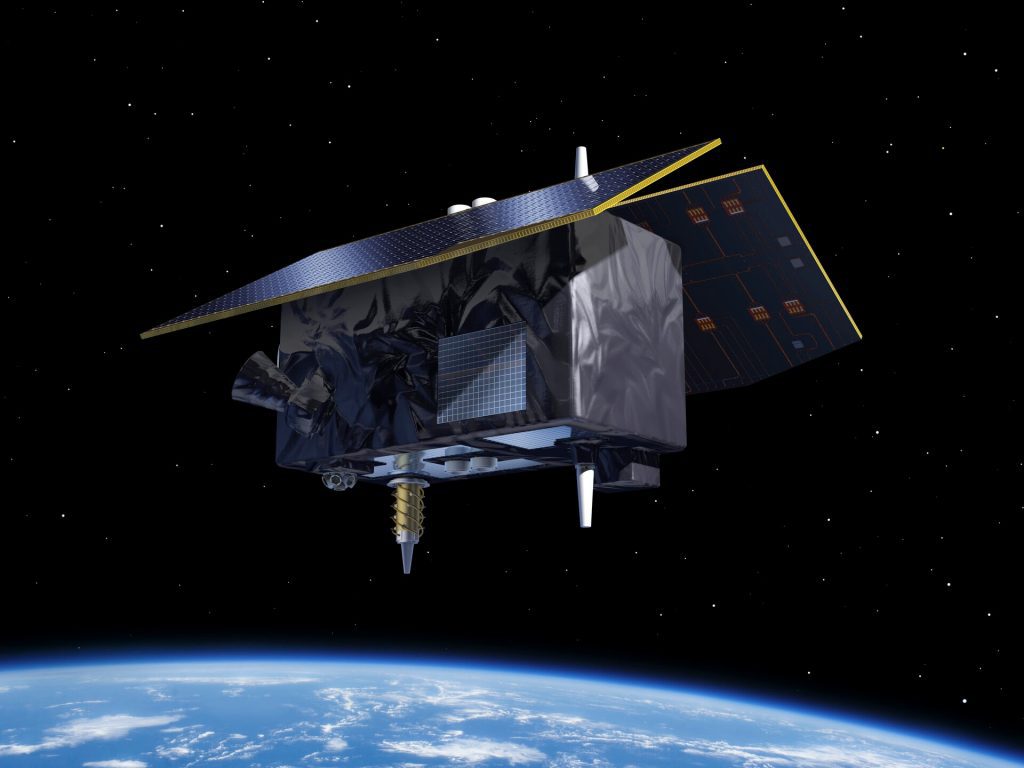WASHINGTON — The European Space Agency has given out three contracts worth 253 million dollars total to work on two navigation missions. One of the missions is to see if it's possible to have a group of satellites moving around the Earth in low orbit and still be able to figure out where things are.
ESA declared the giving of the contracts for its FutureNAV plan on March 19, and the contracts are valued at 233.4 million euros ($253 million) together. The contracts are for two missions, named Genesis and LEO-PNT.
“With Genesis and LEO-PNT we are addressing the quickly increasing need for more strong and exact navigation and making sure that Europe stays at the front of global satellite navigation,” Javier Benedicto, ESA’s director of navigation, said in a statement about the contracts.
One of the contracts, costing 76.6 million euros, was given to a group led by OHB Italia to develop Genesis. This spacecraft will carry a set of tools to improve the International Terrestrial Reference Frame (ITRF), which gives a system of coordinates for use in navigation systems and in Earth science. This system is based on the center of mass of the Earth, including oceans and atmosphere.
Genesis will improve the ITRF with several geodetic tools, like laser ranging and very-long-baseline interferometry, with an aim to provide an accuracy of one millimeter. Genesis is planned to be launched in 2028.
Two other contracts, each costing 78.4 million euros. were awarded for LEO-PNT, an effort to show that a group of satellites moving around the Earth in low orbit can give positioning, navigation and timing (PNT) services. One contract was given to GMV Aerospace and Defence, partnering with OHB System, while the other was given to Thales Alenia Space.
The goal of LEO-PNT is to put a set of small satellites in LEO to check how such spacecraft could add to Galileo and other navigation systems operating in higher orbits. There is increasing interest in LEO navigation satellite systems that could make stronger signals to better the service in urban areas and be more able to resist jamming. LEO-PNT will also test the use of 5G and 6G communications protocols that could mix navigation with applications like Internet of Things services.
ESA did not reveal how many satellites will be put in place for LEO-PNT, although Thales said in a separate statement it plans to launch five spacecraft as part of an “end-to-end solution” paid for by the contract. ESA said the first LEO-PNT satellite is expected to be launched by late 2025 with the whole system in orbit in 2027.
The overall FutureNAV initiative was a priority for ESA’s navigation program going into the 2022 ministerial meeting. At the time ESA was seeking 80 million euros for Genesis and 100 million for LEO-PNT. FutureNAV was oversubscribed at the ministerial, with member states seeking to invest more money into those programs.









